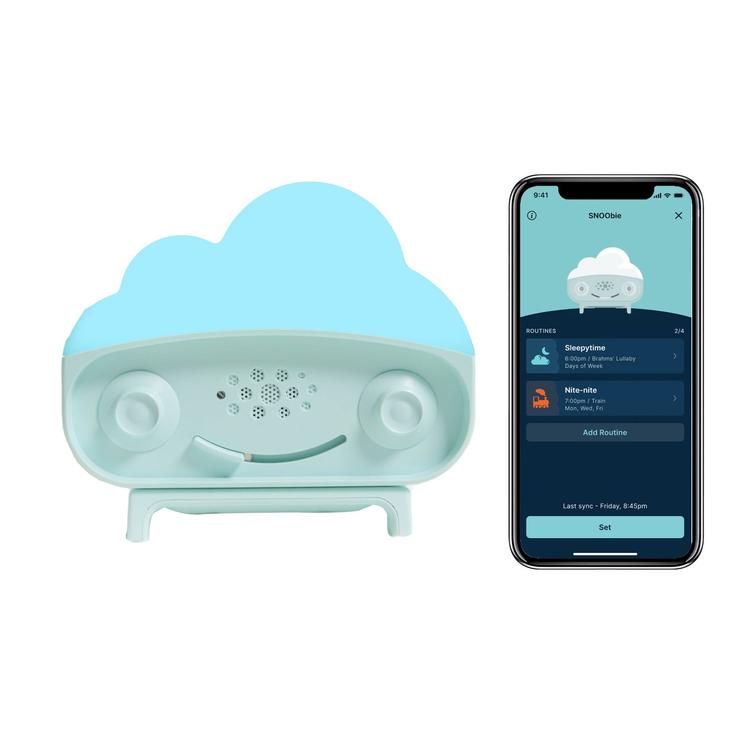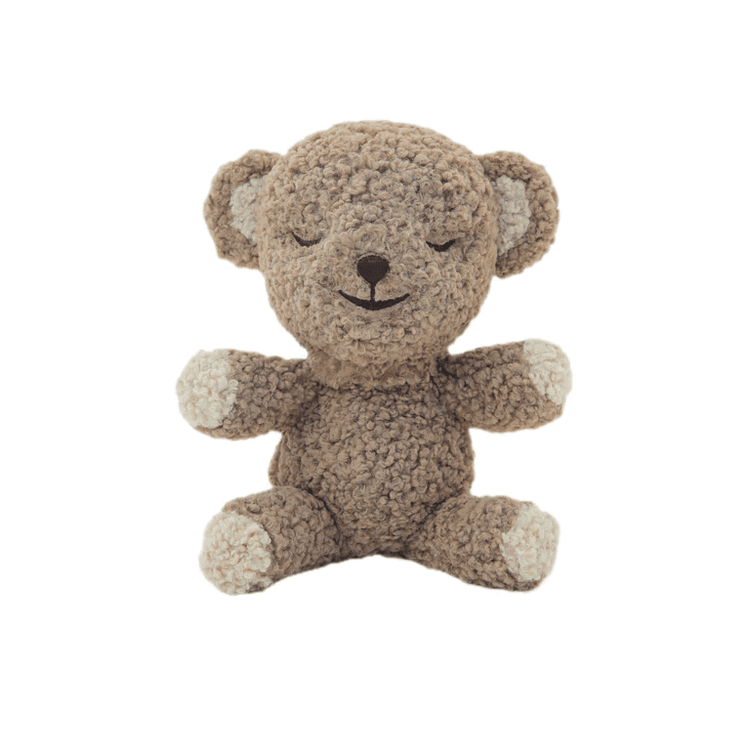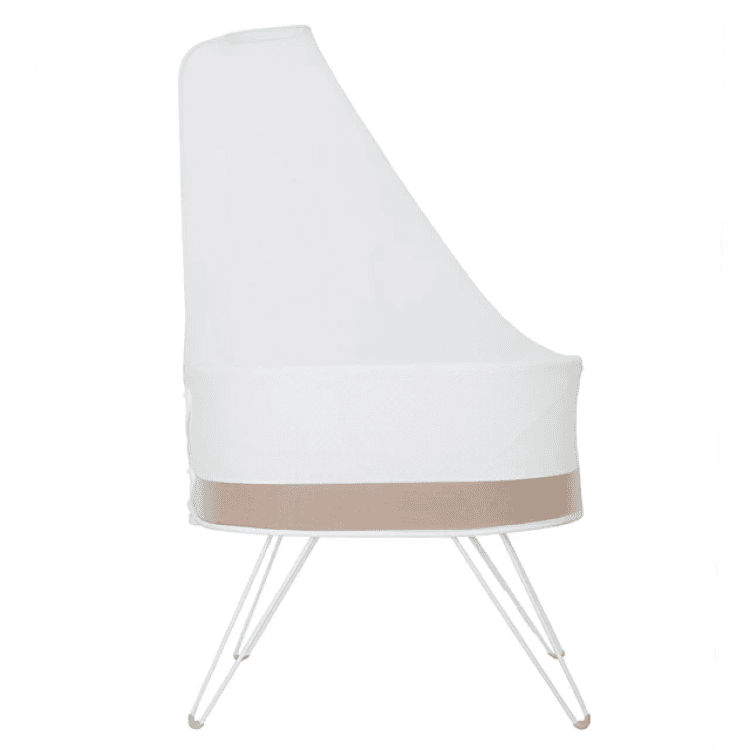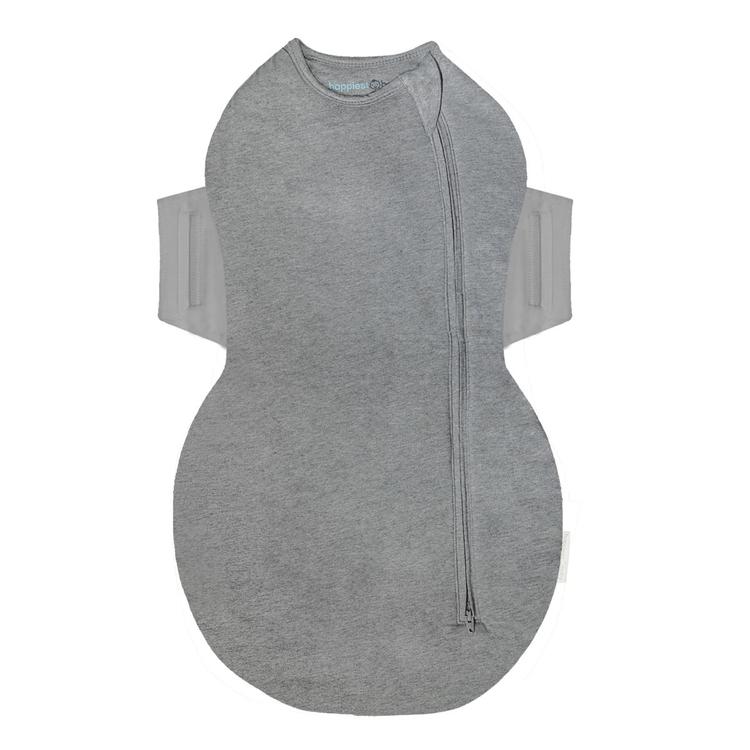Baby Tongue Tie
When you hear the phrase ‘tongue-tied’ your mind may wander to the phrase people use when someone’s at a loss for words. But for babies being ‘tongue tied’ can be…quite literal!
What Is Newborn Tongue Tie?
Newborn tongue tie (or ankyloglossia: “tie” “tongue”) is a pretty uncommon condition where a baby’s frenulum tightly holds the bottom of the tongue to the floor of the mouth.
Their frenu-what?? Let’s back up for a second.
The frenulum is a little flap under the tongue that anchors it to the floors of the mouth. (Touch your tongue to the roof of your mouth and under the tongue—about halfway back—you’ll feel a little bit of tissue stretching between your tongue and the bottom of your mouth. That’s your frenulum!) Frenulum comes from Latin for “little bridle”—and indeed, it acts as an itty-bitty bridle that holds your tongue in place.
For infants who are tongue-tied, the frenulum is too short or thick, tethering the tip of the tongue so that the baby can’t stick it out. Doctors and lactation consultants now recognize that having a tongue tie can seriously interfere with breastfeeding.
Here’s Why Infant Tongue Tie Interferes with Breastfeeding
During nursing, the baby opens the mouth widely, latches onto the breast, and sticks out the tongue. Cupped under the nipple, the tongue then darts in and out, stripping milk out of the breast and pulling it to the back of the throat to be swallowed. So, if the tongue is tied down the baby won’t efficiently pull the milk out. She will seem to be sucking but won’t be drinking very much milk. That means, the baby’s pee will get darker, she won’t have many poops or gain weight well.
Baby tongue tie can also hurt the mom. The bunched-up tongue can’t move in long strokes. Rather, it has tiny little back and forth movements, rubbing and rubbing on the same one spot…until it gets blistered and raw. Also, since the baby isn’t emptying the breast well, tongue tie often results in engorgement, plugged milk ducts, and mastitis.
What is Tongue-Tie Surgery?
To relieve newborn tongue tie, some babies need the frenulum to be snipped or cut with a laser. This frenotomy (or, frenulotomy, or frenulectomy) is actually a very fast and simple procedure. The word ‘snipped’ might make you cringe—but don’t worry —babies cry very little and then calm when put to the breast. Moms often notice an immediate improvement in the baby’s sucking and swallowing…and an immediate reduction of pain.
Is Baby Tongue-Tie Surgery Necessary for Breastfeeding Success?
Should you get your baby's tongue tie snipped? Lately, some people have worried that doctors have become a bit too eager to do tongue-tie releases. According to one estimate, these surgeries have increased tenfold between 1997 and 2012, with more than 12,000 tongue-tie surgeries performed in 2012.
Has the pendulum swung too far in the other direction? A 2019 study from the Massachusetts Eye and Ear Infirmary looked at 115 babies referred for tongue-tie surgery and found that 63% ended up not needing the procedure. Another recent study found short-term reduction in breast pain, but inconsistent positive effects on breastfeeding.
If your baby is having difficulty latching, staying attached to your breast and/or you are battling nipple pain, frequent engorgement, or other breastfeeding issues due to newborn tongue tie, then speak with your pediatrician. Your doctor will help figure out if baby tongue-tie is the culprit, and can also suggest some other ways to alleviate breastfeeding pain. Because baby’s gotta eat…but mama shouldn’t have to suffer!





















